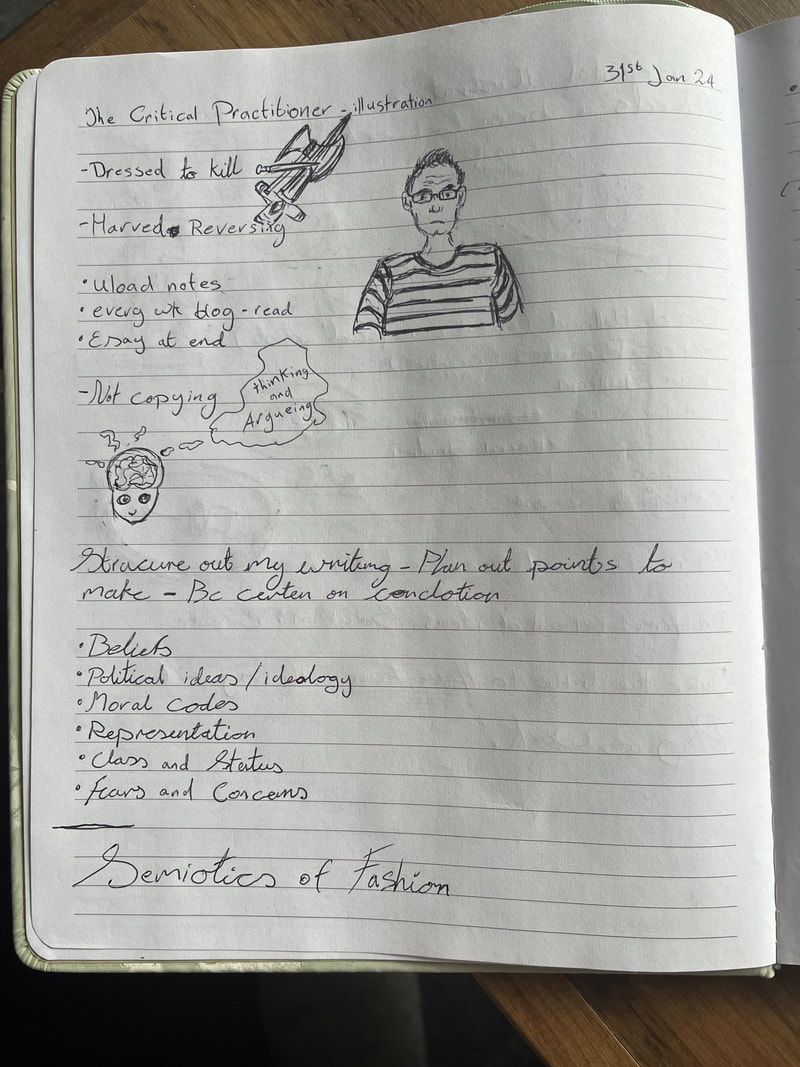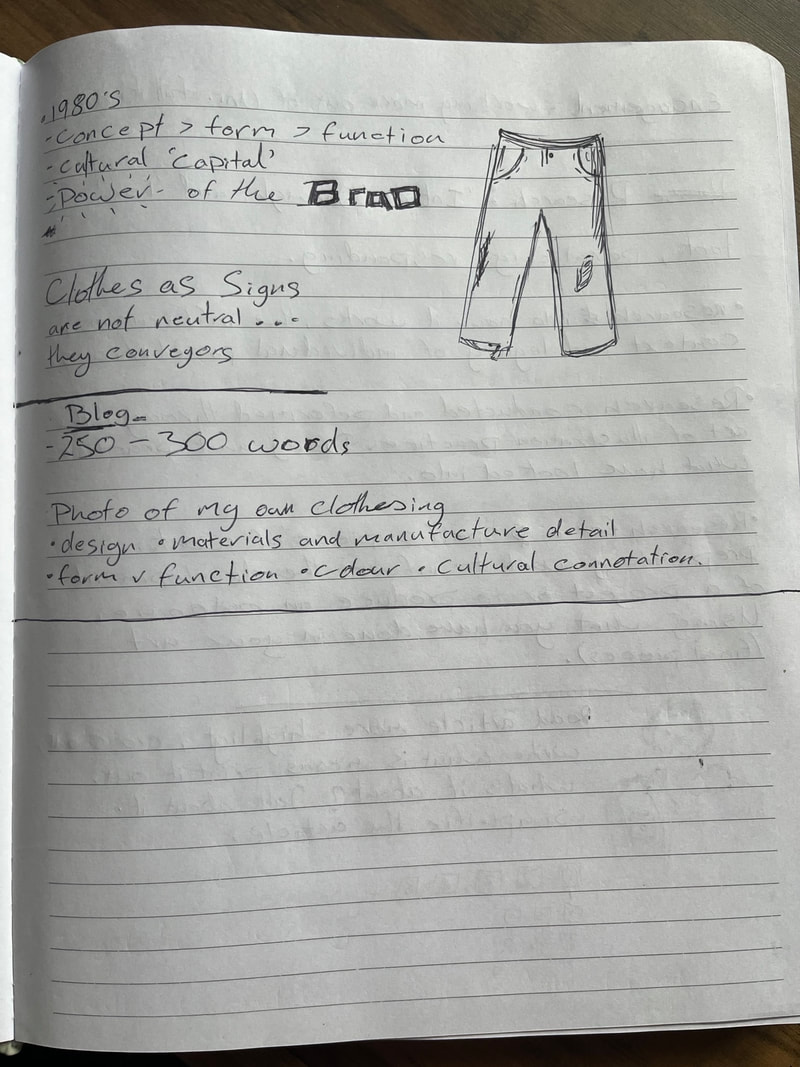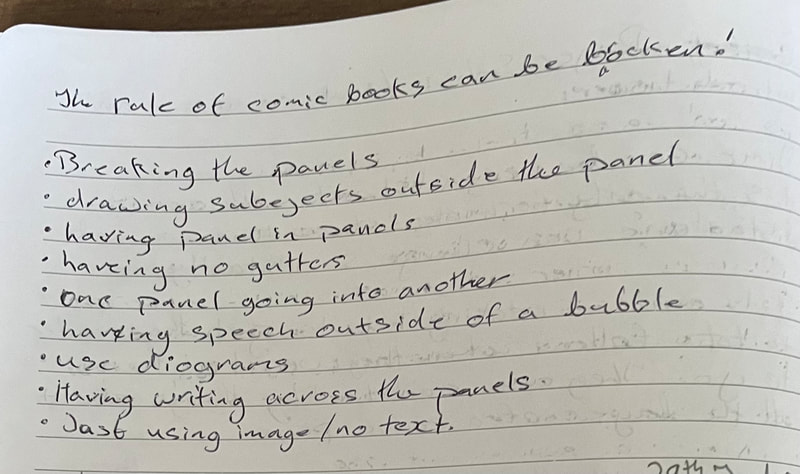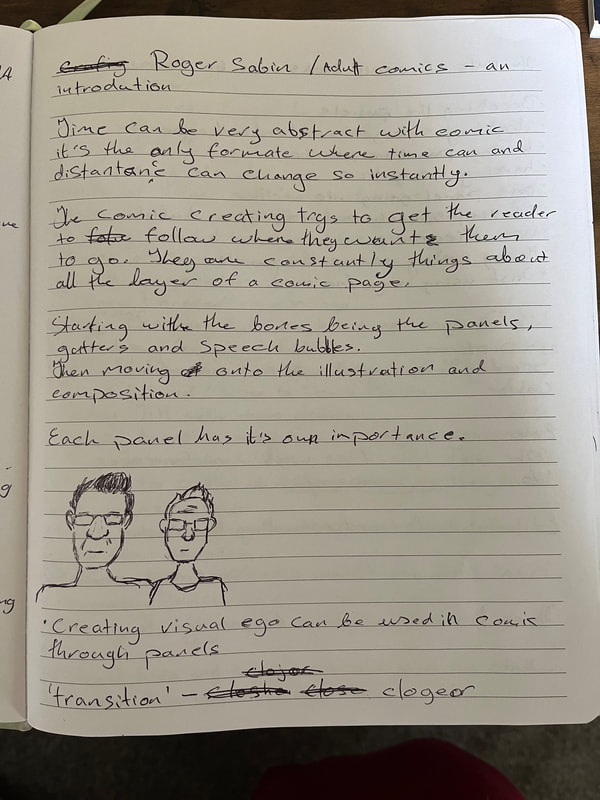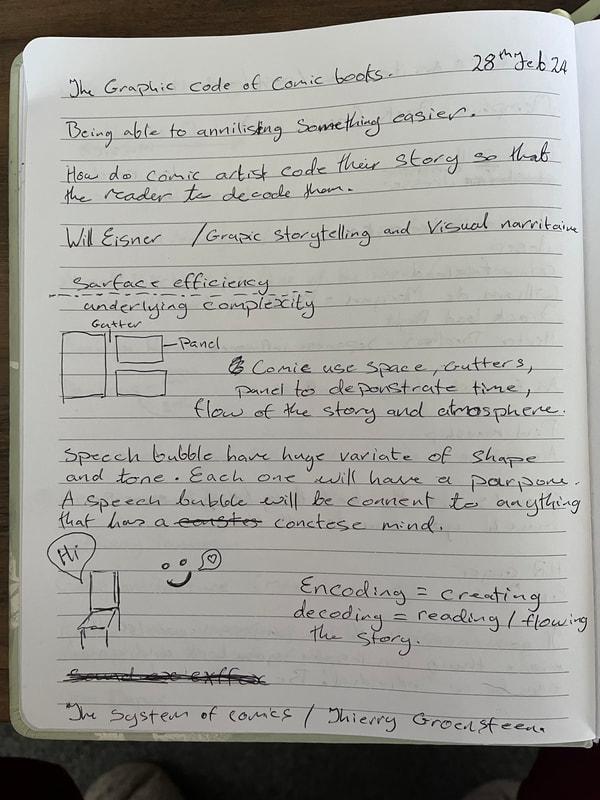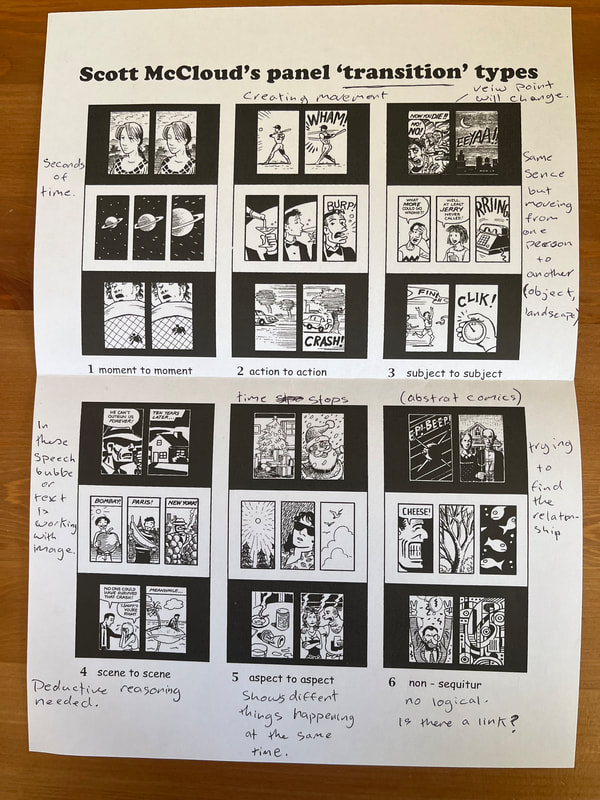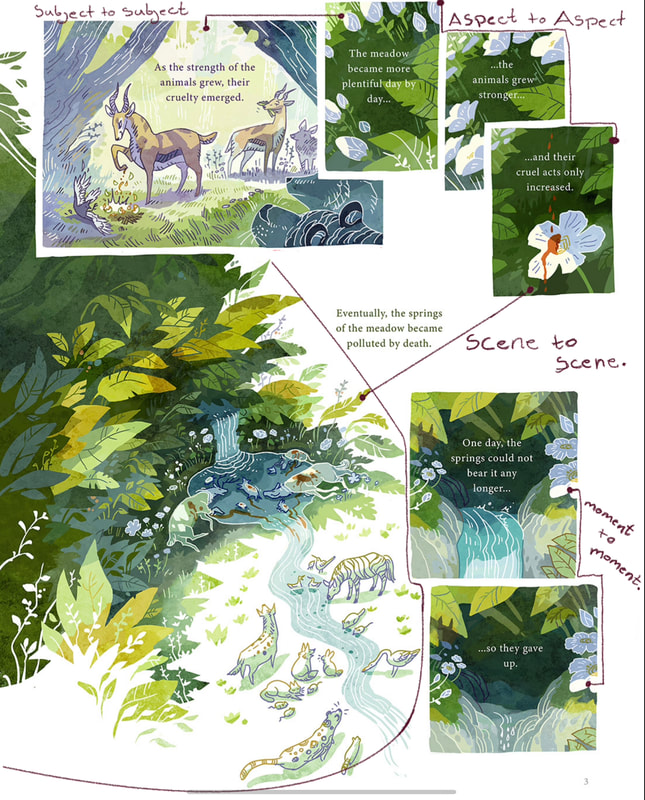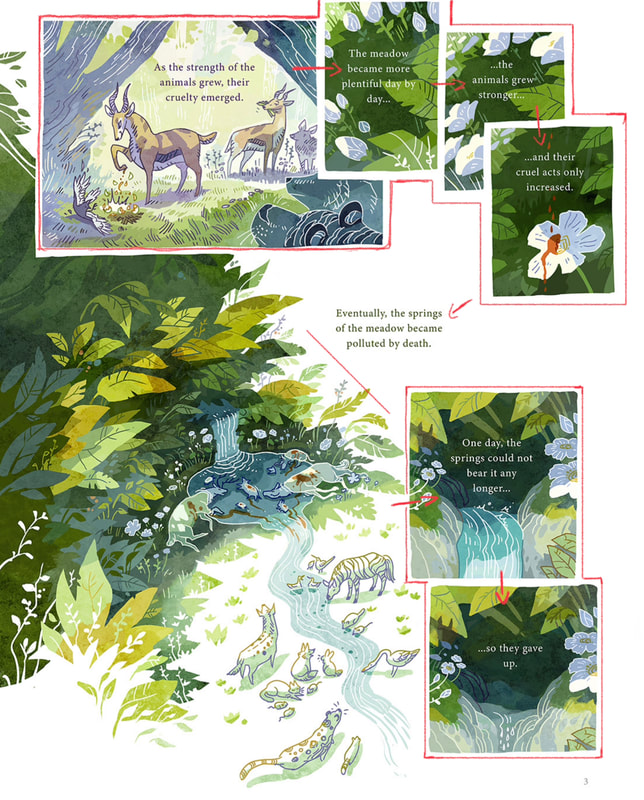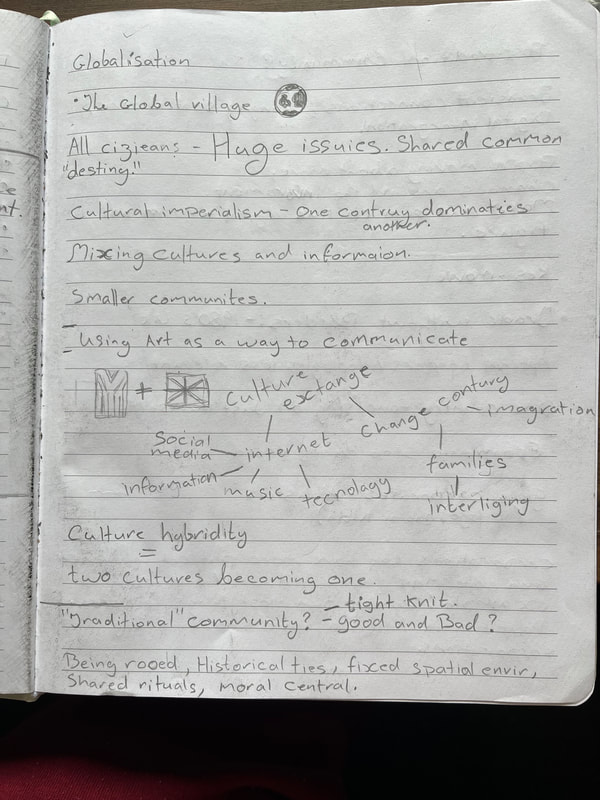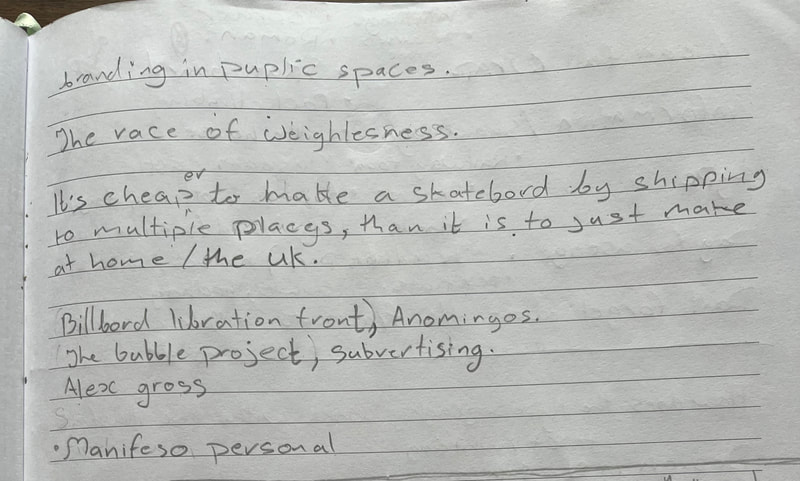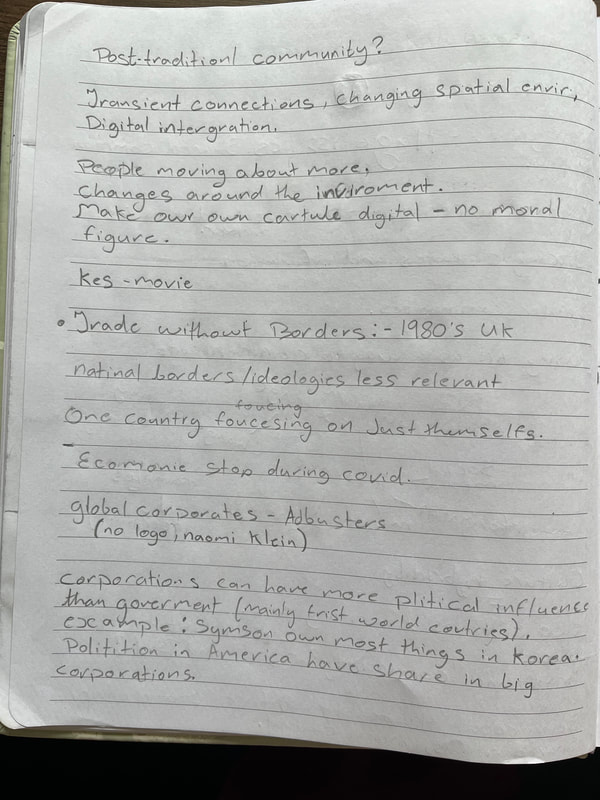The Critical illustratior
Wk One :
These are the notes taken during the lecture.
The Haori jacket.
|
This beautiful piece of clothing is traditional known as a haori jacket. Although confused at time as casual yukata in western countries. The haori Jacket has a long legacy in Japanese culture and can be considered a piece of clothing for a classic wardrobe.
1”Simply put a haori is a Japanese traditional jacket with loose fit. The word haori is derived from the word haoru, meaning to put on a gown, coat or jacket, and can be considered a clothing item along the lines of a jacket or cardigan in western clothing. The haori is used to protect against the cold, for ceremonial purposes and particularly in more recent time for fashion.” |
The origin of the this jacket is not certain, but it is known that it was worn by men in the sengoku period (16th century ) and the Edo period (1603 and 1868) Mainly by samurai warriors, over their Armor to protect themselves from the cold weather. Later on in the 1800’s this piece of clothing became very popular with the geisha who were famous in Tokyo at the time, wearing them as a fashionable item. This resulted in the haori jacket slowly becoming more commonplace among wealthier men and woman. The design was crisp, simple and found in plain colours (black and navy blue) with no embellishments on the outside but would most likely be decorated on inside of the jacket 1“often feature beautiful hand-painted artworks on the lining, known as gakuura (額裏).”
Generally with a family crest or landscape, and came to be seen at formal situations and traditional ceremonies.
In the Taisho era (1912 - 1926) and the Showa era (1926 - 1986) the hoari stayed as formal wear for men but as 1“women began to attend social events such as kabuki, tea ceremonies, reunions, and social gatherings” the haori became a "going out wear" for women. As they were “worn in a variety of situations. This means that there are a huge choice of colours, patterns and designs available” for women.
The Haori jacket has continued to develop to this today, it is now a popular around the world. It can be seen as both formal and casual. This is due to the massive availability to both sex’s and the wide range of cost. Depending greatly on the the shop it’s bought from and material used. Traditional there are made from cotton and high-end silk these tend to cost £40 - £250 but if custom made or vintage can go up to £1000. When these fabrics are used they are designed traditionally and will be formally and causally.
On the hand the more pass produced haori’s are made from synthetic fabrics, polyester and rayon, costing from £10 - £30. These cheaper and modern haori’s are not thicker enough to protect the body from the cold, making them seen as a causal fashionable item used for layering instead.
In my opinion they can both be just as beautiful as the other.
Generally with a family crest or landscape, and came to be seen at formal situations and traditional ceremonies.
In the Taisho era (1912 - 1926) and the Showa era (1926 - 1986) the hoari stayed as formal wear for men but as 1“women began to attend social events such as kabuki, tea ceremonies, reunions, and social gatherings” the haori became a "going out wear" for women. As they were “worn in a variety of situations. This means that there are a huge choice of colours, patterns and designs available” for women.
The Haori jacket has continued to develop to this today, it is now a popular around the world. It can be seen as both formal and casual. This is due to the massive availability to both sex’s and the wide range of cost. Depending greatly on the the shop it’s bought from and material used. Traditional there are made from cotton and high-end silk these tend to cost £40 - £250 but if custom made or vintage can go up to £1000. When these fabrics are used they are designed traditionally and will be formally and causally.
On the hand the more pass produced haori’s are made from synthetic fabrics, polyester and rayon, costing from £10 - £30. These cheaper and modern haori’s are not thicker enough to protect the body from the cold, making them seen as a causal fashionable item used for layering instead.
In my opinion they can both be just as beautiful as the other.
1. Esa, J. (2022) What are haori? 20 things to know about Japanese jackets, Japan Objects. Available at: https://japanobjects.com/features/haori#:~:text=The%20origin%20of%20the%20haori,protect%20against%20the%20cold%20weather. (Accessed: 06 February 2024).
2. Raza, A. (2022a) Buying a haori jacket? everything you need to know, Japanese Oni Masks. Available at: https://japaneseonimasks.com/blogs/magazine/buying-a-haori-jacket-everything-you-need-to-know (Accessed: 06 February 2024).
2. Raza, A. (2022a) Buying a haori jacket? everything you need to know, Japanese Oni Masks. Available at: https://japaneseonimasks.com/blogs/magazine/buying-a-haori-jacket-everything-you-need-to-know (Accessed: 06 February 2024).
Wk Two :
here are the notes and answers to the qustions that we descused in the lecture.
Review of ‘The world of wrestling’
This piece of writing focuses on how wrestling is a spectacle of excess, that the sport of wrestling is different from most, as it is probably better to compare it to a theatre performance. It often compares the wrestlers to the characters fictional characters that clearly demonstrate a rivalry between good and evil. He describes how wrestling illuminates the resemblance of passion, not real passion. From the restless appearance, physique moved used within the match it is all an act, two present a character that they are displaying.
It’s pointed out that there is a big difference between wrestling and other sports, such as boxing and judo. I would even go as far as saying although skill is involved, it’s different from kickboxing, jujitsu and any other physically violent sport because wrestling is choreographed. Although you could use science and observation of the athletes with these other sports to determine the winner, there would be no point doing this with wrestling.
The audience or fans of wrestling don’t care about the outcome, this article states: “The public is completely uninterested in knowing whether the contest is rigged or not, and rightfully so; it abandons itself to the primary virtue of the spectacle, which is to abolish all motives and all consequences. What matters is not what is thinks, but what is see.” The audience watches, the show wanting and anticipating illusive (deceptive) justice, giving them pleasure, just as it would to a theatres audience. And just as the article points out, if done well, the wrestlers will show this spectacle from beginning to end. From when they walk into the room with big gestures, during the match, they use there excessive movements, their body language creates a sense of whom represents the ‘bastard’ or not as the article puts it. When they come to the end there supposed to shake each other’s hands, this is also part of the performance. Their body language throughout the whole event forms a semiotic code as the drama unfold, gesturing to the audience how we are meant to react.
It’s pointed out that there is a big difference between wrestling and other sports, such as boxing and judo. I would even go as far as saying although skill is involved, it’s different from kickboxing, jujitsu and any other physically violent sport because wrestling is choreographed. Although you could use science and observation of the athletes with these other sports to determine the winner, there would be no point doing this with wrestling.
The audience or fans of wrestling don’t care about the outcome, this article states: “The public is completely uninterested in knowing whether the contest is rigged or not, and rightfully so; it abandons itself to the primary virtue of the spectacle, which is to abolish all motives and all consequences. What matters is not what is thinks, but what is see.” The audience watches, the show wanting and anticipating illusive (deceptive) justice, giving them pleasure, just as it would to a theatres audience. And just as the article points out, if done well, the wrestlers will show this spectacle from beginning to end. From when they walk into the room with big gestures, during the match, they use there excessive movements, their body language creates a sense of whom represents the ‘bastard’ or not as the article puts it. When they come to the end there supposed to shake each other’s hands, this is also part of the performance. Their body language throughout the whole event forms a semiotic code as the drama unfold, gesturing to the audience how we are meant to react.
Wk Three :
I missed the lecture for this week, but the reading was very fascinating, I love how Scott McCloud describes comics and how he demonstrates the importance relationship between image and words can affect the atmosphere / flow of a comic.
Comic on ‘convergent ’ and image specific.
Whilst contributing information independently, where is the images work together to convey an idea that neither could do alone. This type of image and text is called convergent or as Scott McCloud calls it ‘interesecting’. This image is from his book describing it:
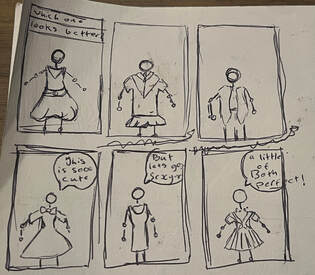
This is a very quick sketch of the comic strip that I was tack with. The anchorage ‘types’ I went with was convergent and image specific.
This is the final :
Wk Four :
My notes duing the lecture. And the two ad's that we decoded.
Decoding Adverts.
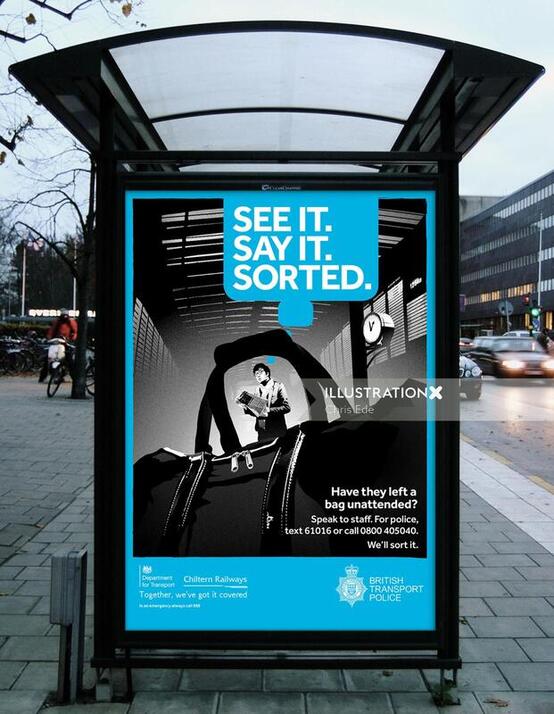
As this advert is used to help the police, the messageing needes to to be clear, this can be seen by thre fornt used, it's clear and bold. They made a clear decision to leave the slogan outside of the image, i gthink they did this forv the colour creating direction for the veiwer. For example if they the text " see it,. say it, sort it. " was it tge black and white illustration it wouldn't stand out.
By attaching the the bubble to the border it lets you know that the infomationn at the bottem is also impotant. But the other imformation is the key focus.
The thought bubble aslo acts as a way to direct the veiwers eye, from the slogan, to the man, then to the bag and down to the writing.
The slogon is simple and rhymes making it easy to remember, which is what the police want, in the hope of stoping a scenario which might propose danger.
Althought the shade is different the colour blue is ofter associated with the police.
This advert is outside but I wloud guess it's very close to a public place (ofter cowded) like a train staition. Which is hinted at in the illustation of the ad by the specific clock used, that is main seen in train staions.
I think the narrittive of the image is to get the viewer to imageian themself in the same situation. Bothe the text and and imge are work together ( a convergent). The is image is saying 'You' : 'you' see it, 'you' say it, so it can get sorted. It does this really simply, by using borders, the connotation that inside them is something important inside or something is cageed and can't get out. There is the blue broder around the whole image but the bag's handles also act as a border around the man.
By attaching the the bubble to the border it lets you know that the infomationn at the bottem is also impotant. But the other imformation is the key focus.
The thought bubble aslo acts as a way to direct the veiwers eye, from the slogan, to the man, then to the bag and down to the writing.
The slogon is simple and rhymes making it easy to remember, which is what the police want, in the hope of stoping a scenario which might propose danger.
Althought the shade is different the colour blue is ofter associated with the police.
This advert is outside but I wloud guess it's very close to a public place (ofter cowded) like a train staition. Which is hinted at in the illustation of the ad by the specific clock used, that is main seen in train staions.
I think the narrittive of the image is to get the viewer to imageian themself in the same situation. Bothe the text and and imge are work together ( a convergent). The is image is saying 'You' : 'you' see it, 'you' say it, so it can get sorted. It does this really simply, by using borders, the connotation that inside them is something important inside or something is cageed and can't get out. There is the blue broder around the whole image but the bag's handles also act as a border around the man.
Wk five :
Lecture notes and decoding a comic.
The graphic code of comic books.
'Minna sundbeng' is a comic artist I love, whom has been posting comic's online for seveal years that are avalible to read for free on her website - https://www.hummingfluff.com. To help Support her as an artist you can pay aa subscription mounthly or yearly. She has completed four series : 1. A Meandering Line (Testimony comic) | Published: October 2022 2. Lovely People | Published: spring 2021
3. "Stand Still. Stay Silent" Begun in 2013 (discontinued) 4. "A Redtail's dream".
She is currently working on and releasing her fifth story, Journey Upstream (Ongoing, started January 2023). I will be looking at the code for pg 3 ch 1 of this comic.
3. "Stand Still. Stay Silent" Begun in 2013 (discontinued) 4. "A Redtail's dream".
She is currently working on and releasing her fifth story, Journey Upstream (Ongoing, started January 2023). I will be looking at the code for pg 3 ch 1 of this comic.
This comic doesn't use the traditional structure layout. As this comic is predominantly on the internet it has been desgin in a way that is easier to read as the viewer scrolls down, It's more open. As the european comic it goes from left to right, starting with the top left box, across to the staircace panels, then going into the open space image, then across to the panels on the right (bottom corner). The artist has used size, perspective and shape to inform the view /reader of what information within the page is important. For example the frist panel is of an action of violence, as the veiwer you are seening this an isolated incident. Then panel showing a close-up flower with blood dripping onto is zooming in on the detail of what is happening, creating anticipation. Then by having the next panel be an open space demostrates that this illustration holds the most important information. Showing that the violence is everyway, your seeing the "whole picture". Final the last two panels show the consepuences for previous images.
This couldn't be possible if the author didn't use differnt transitions from panel to panel. Staring by 'subject to subject', it goes from the deer to the meadow. With the three meadow panels being 'aspect to aspect' this is where it "transitions from one aspect of a place, idea or mood to another", it allows the narrative to stand still in time holding the "sense of place and mood". Then is transitions 'scene to scene' in this instance it apears to jump between time and space. From the open panel to the second last box it again goes 'scene to scene'. lastly the bottom two panels go form 'moment to moment' showing "a single action portrayed in a series of moments.
(Making Comics - storytelling secrets of comic, manga and graphic novels. By Scott McCloud)
wk six :
Subculture & the meaning of style.
Defining the meaning of a subculture.
Cambrige dictionary: Subculture - definition ; The way of life , customs, and ideas of a particluar group of people within a scoiety that are different from the rest of that society.
"A subculture is a term for a group of people within a society who hold different values from the socitety at large. Members of a subculture typically have shared beliefs and values that draw them to and are codified by their subcultue." Subclutures values and norms distinct from those of the majority and are held by a goup within a wider society."
"A subculture is a term for a group of people within a society who hold different values from the socitety at large. Members of a subculture typically have shared beliefs and values that draw them to and are codified by their subcultue." Subclutures values and norms distinct from those of the majority and are held by a goup within a wider society."
Cultural capital.
wk seven :
Review on Laura Mulvey's esseay.
wk eight :
Globalisation
leture notes :
